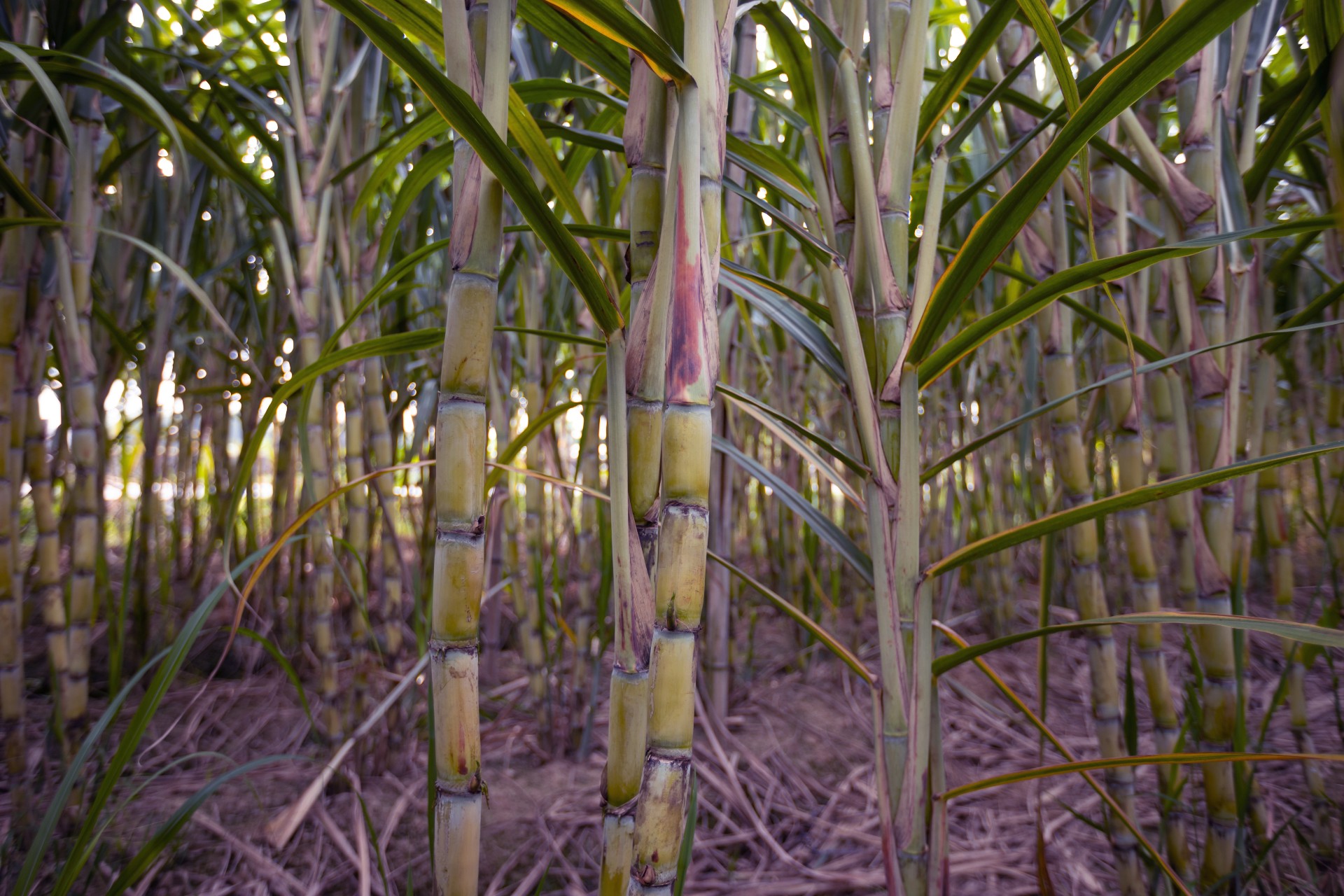
Ethanol is a fuel made from glucose using alcoholic fermentation. Many different types of sugar are used for energy, and yeast fermentation produces many. In addition, many kinds of starch are used for fuel.
Alcoholic fermentation converts glucose into ethanol
Alcoholic fermentation is the process by which sugars are converted into ethanol. Ethanol is an alcohol that is used as a fuel. This process is carried out by yeast and some other fungi. It is a very complex biotechnological process.
Yeast is one of the most important organisms that carry out this process. A typical yeast cell is small and can measure just a few micrometers in size. The primary function of yeast is to perform fermentation.
Alcoholic fermentation can take place in anaerobic conditions. In anaerobic conditions, yeasts use pyruvate, a carboxylic acid, to convert acetaldehyde into ethanol. NADH is the electron acceptor in this process. NAD is a high-energy molecule.
A basic formula for alcohol fermentation involves glucose and carbon dioxide. Most of the glycerol is produced during the initial stage of yeast growth. As the number of pyruvate molecules increases, the glycerol content decreases.
Alcoholic fermentation produces a variety of by-products, such as carbon dioxide, ethanol, and water. These by-products are considered waste by yeast. However, they can have useful functions in the food industry. Some of them also contribute to the sensory properties of fermented foods.
Yeast fermentation of various carbohydrate products produces much of the ethanol used for fuel
Fermentation is a process of breaking down organic material by microorganisms. It’s a complex process that produces a variety of products. Alcohol is the by-product of fermentation. However, not all yeasts will produce alcohol. This is because ethanol is toxic to yeast.
Ethanol is an organic molecule with two carbon atoms and a hydroxyl group. In the process of fermentation, glucose is broken down into ethanol. Other molecules involved include pyruvate, acetaldehyde, and methyl alcohol.
Ethanol is a renewable fuel that burns just like other fuels. It’s an excellent alternative to gasoline, especially in environmentally friendly vehicles.
Alcoholic fermentation is a very complex process. Yeast is used in the process, and various enzymes are involved. Some of these include ligases, oxidoreductases, and isomerases. The enzyme zymase acts as the catalyst.
During the process, yeast also produces several secondary metabolites. These metabolites are important and determine the characteristics of alcoholic beverages.
Biofuel production from lignocellulosic biomass-derived sugars
Lignocellulosic biomass, the third-generation biofuel, provides an ecologically and economically friendly alternative to petroleum-derived fuels. The use of biomass feedstocks in the production of biofuels has increased worldwide in the last 10 to 20 years. However, the production of liquid fuels from lignocellulosic biomass is still a challenging task.
Several pretreatment processes have been investigated. These methods can be either physical or chemical. Biological pretreatment is also possible. Physico-chemical treatments involve alkaline and acidic treatments. For example, alkaline pretreatment of lignocellulosic biomass consists of a solution of NaOH at low pressure. This treatment enhances the digestibility of cellulose and inhibits furfural formation.
Chemical pretreatments include using a co-solvent, which renders the system biphasic at reaction temperatures. In addition, this process reduces the risk of enzyme inhibition. Furthermore, this treatment allows the easy recovery of high-in sugar streams.
In the final stage, biofuels are produced through fermentation. A model strain is needed for this step. It must be capable of using a variety of sugars to create the desired end products at a high level under industrial conditions. Also, the strain must be able to withstand inhibitory compounds that are produced during the pretreatment process.
Biofuel production from starch- and sugar-based feedstocks
Biofuel production from starch- and sugar-based feedstocks is one of the world’s most common types of biofuel production. These are used to produce ethanol, biodiesel, and gasoline. They are also environmentally friendly and can reduce exhaustible resource depletion and carbon dioxide emissions.
Sugars and starch are relatively easy to extract. This makes large-scale ethanol production possible. Almost all ethanol produced worldwide is derived from sugar-based feedstocks.
Cellulosic feedstocks are composed of cellulose, hemicellulose, and lignin. These components are found in waste biomass and other agricultural and forest residues. Many researchers are currently examining potential solutions to handling these types of feedstocks.
Lignocellulosic materials are generally resistant to biological breakdown and can be processed into a range of products. Lignin can be reacted with microbial enzymes to produce ethanol.
Biofuels can be produced from various renewable organic materials, including corn, wheat, and sugarcane. Ethanol is made from the fermentation of glucose and C6 sugars.